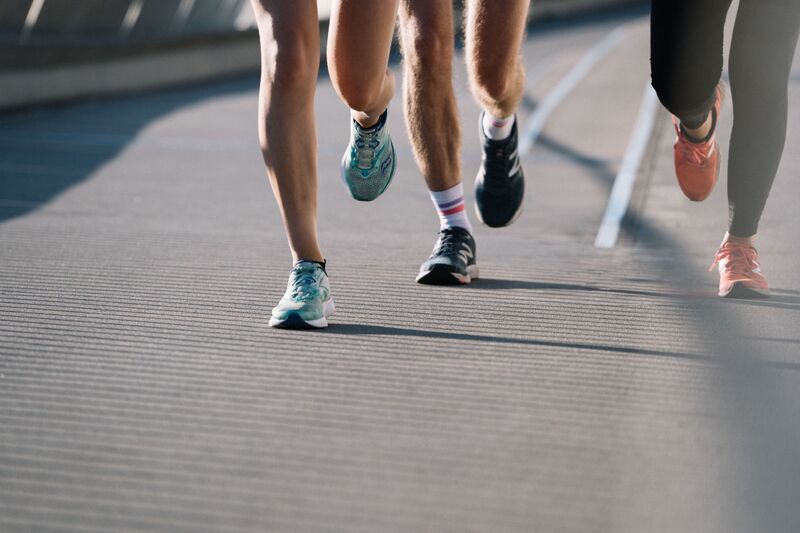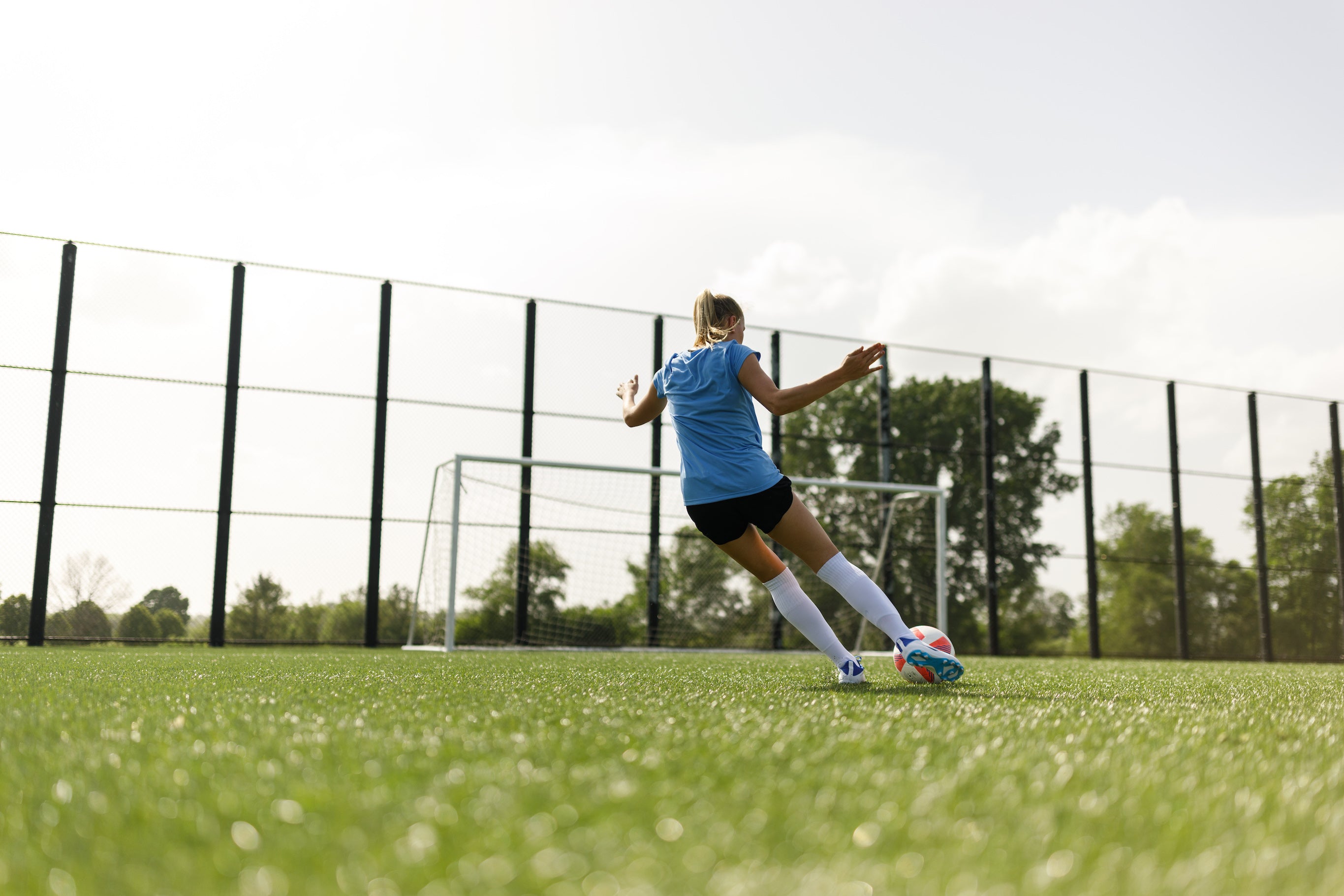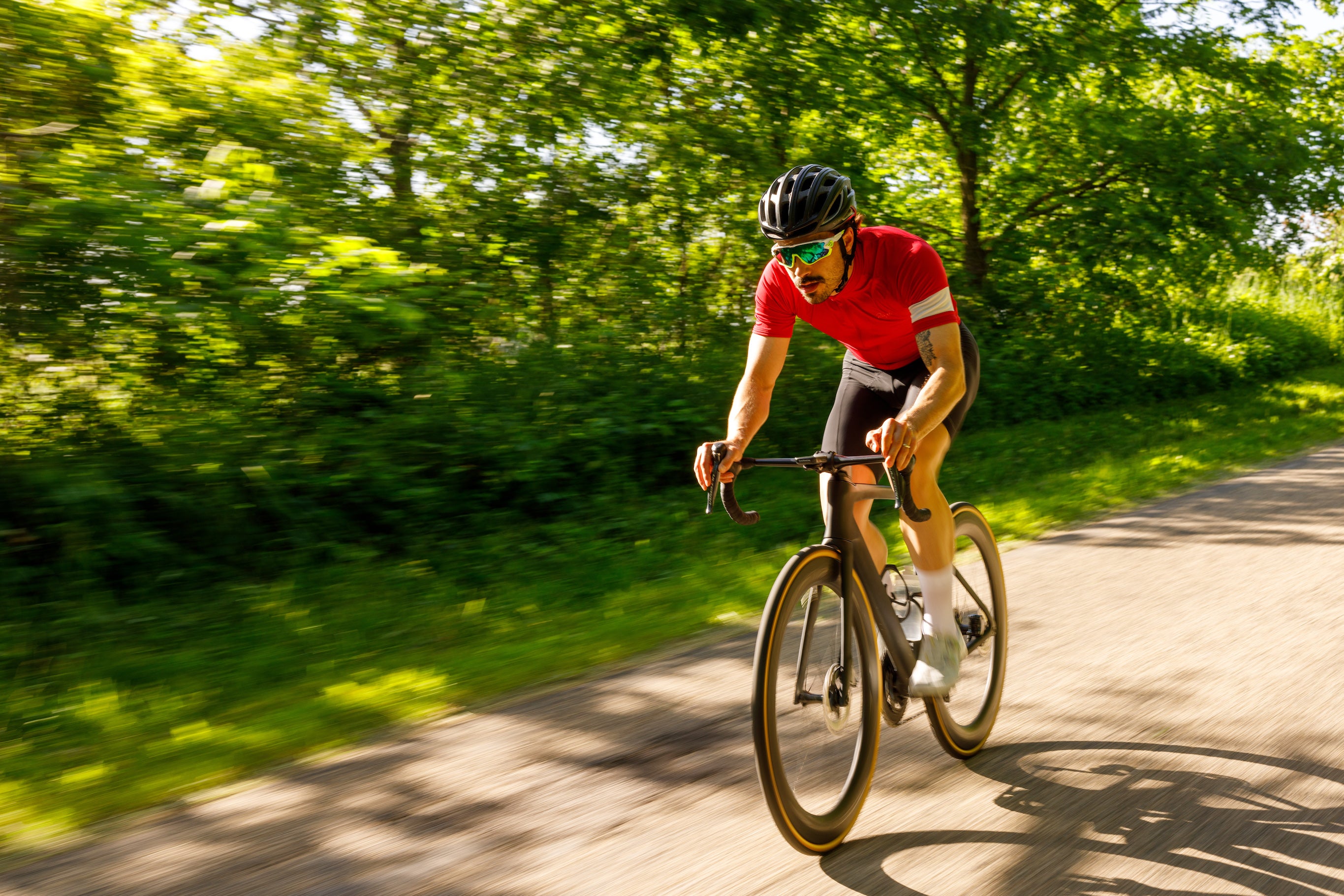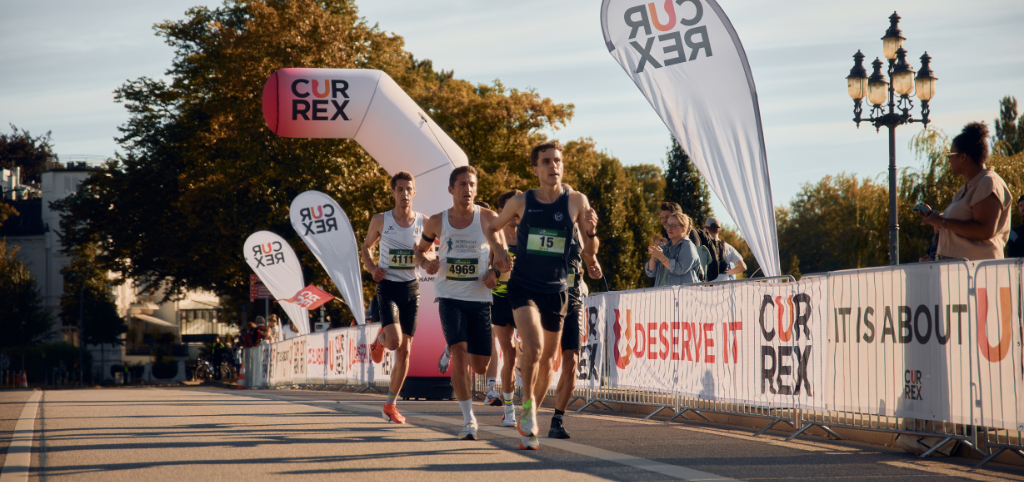
Liesa Fialkowske - Feb 03 2022
Running fast does not come from running a lot - Philipp Pflieger in the 5-D LAB
Philipp Pflieger, born in Sindelfingen in 1987, has been running since he was 10 years old and won 14 German championship titles in various running disciplines. He has been running marathons professionally since 2014 and was the fastest German marathon runner at the 2016 Olympics. A year later, he made headlines when he overestimated his strength at the Berlin Marathon and had to abandon the race, disoriented. He learned a lot from that, not only about the supreme discipline of running, but also about himself. Now Phillip Pflieger has a test day in the 5-D LAB coming up. Probably the best-known German marathon runner, he meets the 5-D LAB for the first time at CURREX and is amazed at the hidden potential that a professional running style analysis can bring to light - he also learns a lot about himself here.
Anamnesis & Functional Test
The analysis starts with a functional test. With small exercises such as a standing balance or the deep squat, i.e. whether Philipp can sit down low without releasing his heels from the ground, we check the mobility and coordination ability. We also talk about injuries, training status and competition planning to determine the status quo. We are already amazed here, because Philipp admits directly that he has no idea about his stride frequency, and he also doesn't want to do the deep squat. We are curious about the analysis.
"I haven't thought about my stride rate yet." - Philipp Pflieger

Warm up with 15 km/h
The treadmill is accelerated to a comfortable 15 km/h. This is the speed at which Philipp does most of his quiet long runs. Armed with his training shoes, he warms up. Immediately after the first measurement, he takes off his shoes and runs barefoot again at the same speed on the treadmill. This way, the direct influence of the running shoe on the performance can be assessed.
Philipp now laces up his competition shoes. The treadmill is set to 19 km/h and Philipp takes off. After a short time, the analysis results are ready. The 5-D LAB works with the latest sensor technology, which enables an incredibly fast and detailed analysis. The runners do not have to be marked, but can be analysed directly with tight-fitting running clothes. After only one minute of measurement and evaluation, the results are already available and can be discussed.


A day with Philipp Pflieger in the 5-D LAB: Moving and in colour
A higher cadence at a slow pace
The first look at the results shows that Philipp has the capacity to run very fast and strong. However, we also recognise unused potential in terms of running economy. That spurs us on.
We take a closer look and realise that Philipp's stride frequency is too low, especially at low speeds, and that high lateral forces are at work. High lateral forces are usually triggered by an excessive lateral movement of the upper body and therefore describe an unrest in the upper body. This excessive movement consumes unnecessary energy. The aim should therefore always be to keep the upper body as still as possible.
"I am thrilled with the analysis and have seen that even small changes in stride frequency make a lot of difference in running style." - Philipp Pflieger
The first step is therefore to optimise the stride frequency. This must be increased especially during the long and slow endurance runs - in this way a strong and fast coordination ability is consolidated, which is necessary later during fast tempos in order to generate short contact times without tiring too quickly. To increase the frequency, a beat generator (metronome) is used that gives acoustic signals. Another way could be improved arm work, i.e. an acute elbow angle realised over the entire stride cycle provides an increase in the frequency of arm and leg work. To help, running watches or the mobile phone can also be used, which usually show the stride frequency.




Functional exercises protect against injuries and quickly make
Another important point is functional strength training. The focus of strength training is on the posterior chain, i.e. buttocks and thigh muscles. A strong musculature ensures that the entire torso is calm and no unnecessary force and work has to be done. This saves energy and makes the running style more economical. Philipp pays attention to functional exercises and focuses on eccentric strength training, e.g. single leg deadlift, squats, Jefferson curl, Nordic hamstring curl, reverse Nordic hamstring curl. Variations in exercise execution are welcome, as is the use of additional weights.
Summary
Within the running analysis, it has already been shown that Philipp reacts very well to the increase in stride frequency, because we recorded a direct comparison measurement with optimised frequency. The results were clear: higher economy due to shorter contact times, a foot strike that was realised closer to the body's centre of gravity and a lower lateral movement of the upper body. We therefore conclude that Philipp should work on the following points in order to run even faster and more efficiently:
- Increasing the cadence during slow tempo endurance runs
- Functional strength training for more rest in the upper body
- Run ABC and hill runs to realise short but powerful ground contact times
"I will now integrate these valuable training tips into my daily training routine, train hard together with my physiotherapist and look forward to everything that is to come in 2022" - Philipp Pflieger.








